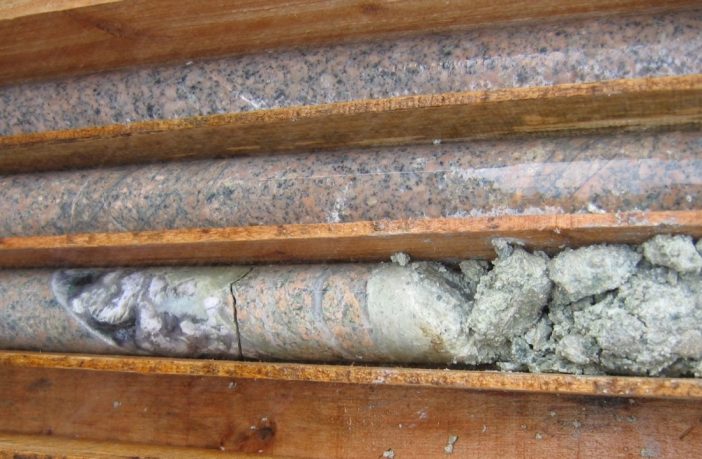- A group of scientists led by geologists from South Africa and Germany will shortly conduct scientific drilling in the Bushveld Complex, which is regarded as the most valuable minerally enriched place on Earth.
- Based on figures released in 2006, it was estimated that 6.8 billion ounces of platinum lay unexploited at depths of between 1 and 5 km in the Complex.
The University of the Free State, GFZ German Research Centre for Geosciences, the University of the Witwatersrand, and the Friedrich-Alexander University, recently received funding to the value of $1,5 million from the International Continental Scientific Drilling Programme (ICDP), to conduct research on the Bushveld Complex.
According to Professor Freddie Roelofse, Associate Professor in the Department of Geology at the University of the Free State, the project aims to clarify several unresolved scientific questions related to the genesis of this unique body of rocks and its associated mineral deposits.
Two boreholes will be drilled as part of the project, including a 600-metre deep hole to the north of Mokopane and a 3km deep hole northwest of Burgersfort.
Roelofse said: “A figure of the mineral wealth locked away in the Bushveld Complex, is really difficult, but based on figures released in 2006, it was estimated that 6.8 billion ounces of platinum lay unexploited at depths of between 1 and 5 km in the Complex. That would translate to around $6.5-trillion at the current price of platinum (one of the ‘cheaper’ platinum-group elements hosted by the Bushveld Complex).
“Platinum-group elements are, however, just one of the commodities being extracted from the Bushveld Complex, so the actual value of the metals contained in the Bushveld Complex must be considerably higher than this.”
Despite more than 100 years of mining and research on the Complex, scientists still do not fully understand the processes that led to the Bushveld Complex becoming the most valuable mineral province on Earth.
Read more stories about mining here
Groundwater extraction
Prof Roelofse also pointed out that one of the focus areas of the research to be conducted, relates to the potential for groundwater extraction from rocks of the Complex.
“This research has the potential to improve access to water for communities living on the rocks of the Bushveld Complex,” he said.
The drilling team will also be able to measure the temperature of the water in the boreholes in order to determine the geothermal energy potential of the Complex.
The Bushveld Complex hosts a range of rare earths
The Bushveld Complex hosts a huge range of rare metals essential for the manufacture of all Information Technology – phones, computers and other commercial and military communication hardware. It is the richest deposit on Earth for a crucial range of rare metals.
Located in the Limpopo, Mpumalanga, North-West and Gauteng provinces of South Africa, the complex hosts the majority of global platinum-group element, chromium, and vanadium resources, in addition to major deposits of copper, nickel, gold, tin, iron, fluorite, and dimension stone.
As of 2006, more than 200 million ounces of platinum have already been mined from the Bushveld Complex and, between the depths of 1 km and 5 km, an estimated 6.8 billion ounces still remain.
At current rates of extraction, the complex will likely not be mined out within the next 700 years, with much of the ore deeper than 1 km still left intact.
Major beneficiaries
One of the major beneficiaries in the drilling phase of this project will be the South African drilling industry, which will benefit through international collaboration with the ICDP.
“We also trust that South African mining companies, particularly those operating within the platinum industry, will benefit from this research through a renewed interest in the mineral potential of the Bushveld Complex,” said Prof Roelofse.
Despite more than a century’s research on the Bushveld Complex, many unanswered questions relating to the formation of the complex and its mineral wealth remains.
“This project is aimed at clarifying some of these unresolved issues, including improving our understanding of the magma chamber processes operational within the Bushveld Complex, the source of the magmas and their interaction with the rocks that they intruded, the origin of the abundant ore deposits within the complex, and the geophysical properties of the rocks.
“We also hope to learn more about the hydrogeological characteristics of the Bushveld Complex at depth, its geothermal energy potential, and its microbial ecosystems,” said Prof Roelofse.
Author: Babalwa Bungane
This article was originally published on ESI Africa and is republished with permission with minor editorial changes.















